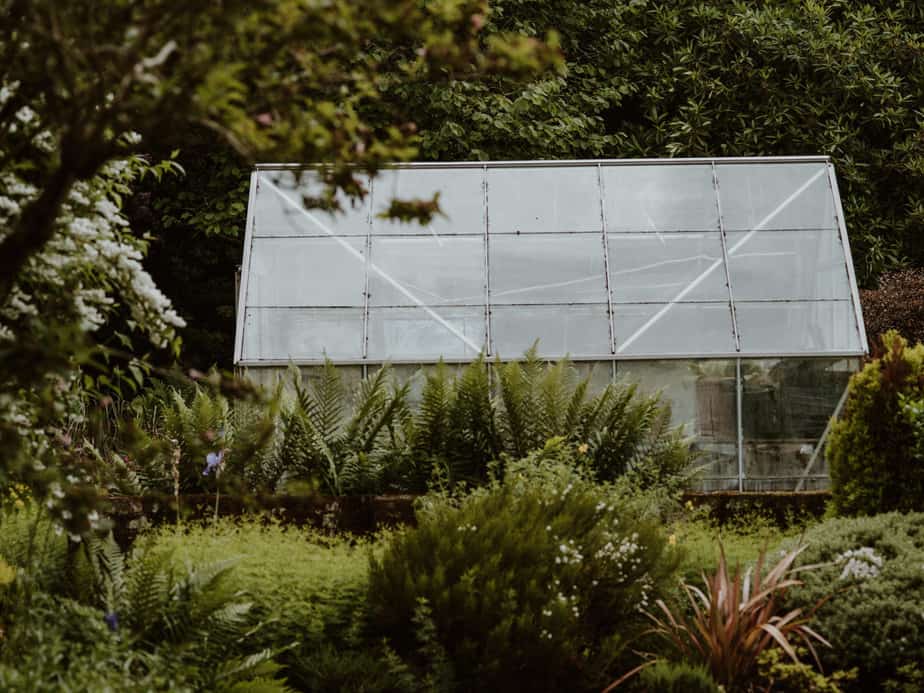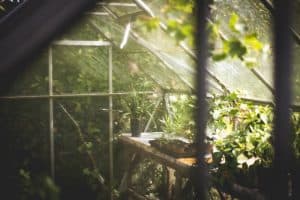If you’ve had a greenhouse for some time or have acquired an older greenhouse, there will come a time where you’ll need to renovate it. Replacing greenhouse panels, a process known as reglazing, will need to be done every so often in order to maintain the appropriate amount of light and heat inside.
Depending on what your panels are made out of, you may also want to switch materials. Polyethylene, acrylic, polycarbonate, and glass panels all have their own unique pros and cons, so you may determine that one works better for you than another. Now, let’s learn to replace greenhouse panels!
You can learn more about the pros and cons of each by reading our discussion of different options for greenhouse panes.
The Best Time to Replace Greenhouse Panes
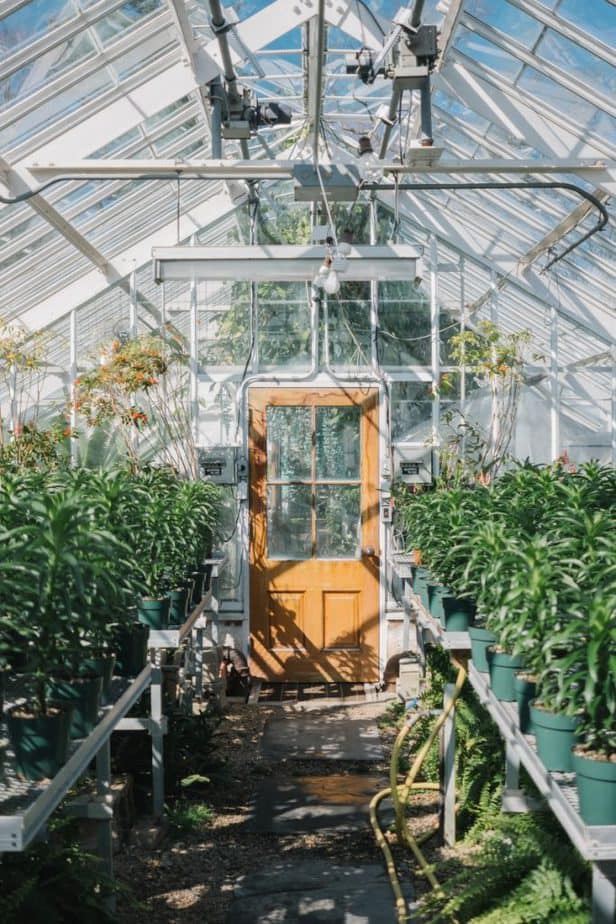
As an outdoor structure, greenhouses experience their fair share of abuse from Mother Nature. The wind, rain, snow, hail, and sun can all take a toll on any type of greenhouse panel. From time to time, you may need to replace a damaged panel or replace all of the panels.
Do you need to reinforce your greenhouse against the elements? It’s better to know before it’s too late.
If you only have a few damaged panels, you may be able to get away with just replacing those, but if your greenhouse is quite old, you may need to reglaze the entire greenhouse. The overall condition your greenhouse is in will need to be considered in your decision to reglaze.
Additionally, reglazing can be expensive, especially if you’re considering using more expensive panels such as glass. If you’re gardening on a limited budget, you’ll also need to consider the cost when deciding how much of your greenhouse to replace and when.
Types of Greenhouse Panels
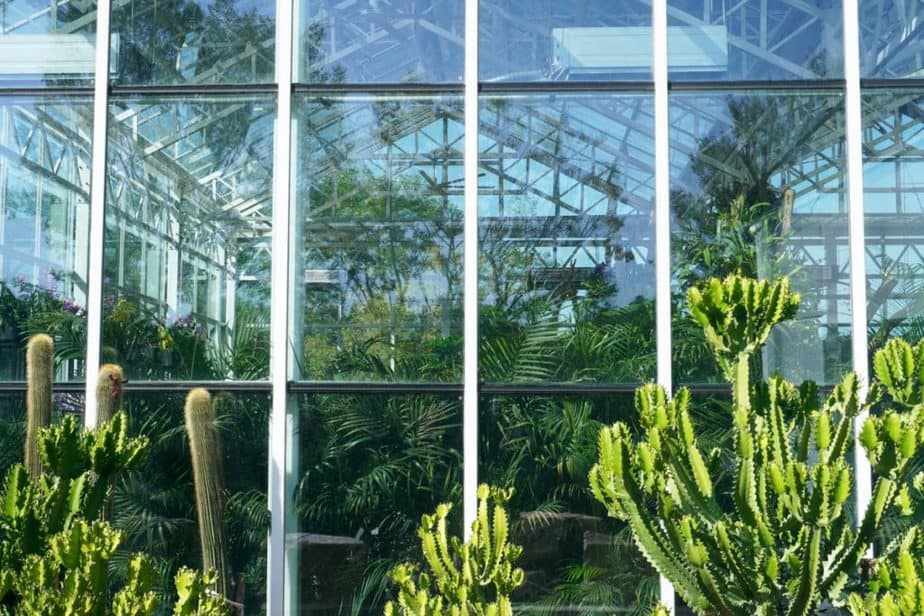
If you’re new to the world of greenhouses, you may not have realized yet that there are several types of greenhouse panels to choose from. Polycarbonate, acrylic, polyethylene, and glass are the most common choices.
Polycarbonate Panes for Greenhouses
Polycarbonate is the most popular choice for greenhouse panels for a number of reasons. It’s strong and difficult to shatter, relatively inexpensive, and easy to cut and drill through. It does, however, eventually yellow.
Older polycarbonate panels vary in the time it takes for them to yellow, depending on where you live and the conditions your greenhouse is exposed to. Modern polycarbonate panels will last around 15 to 20 years before exhibiting yellowing and other signs of age.
If you choose to replace your greenhouse panels with polycarbonate, you’ll also need to decide whether you want single sheet, twin-wall, or triple-wall. Twin-wall are the most popular, but triple-wall polycarbonate panels insulate better with additional clarity. Single corrugated sheets are easy to install and inexpensive but do not provide the same level of insulation.
Acrylic Panes for Greenhouses
If you’re looking for a panel with the insulation of twin-wall polycarbonate and the clarity of glass, acrylic might be your best choice. Acrylic also has a longer lifespan before yellowing than polycarbonate, which means you’ll be able to go a longer period of time before the next time you need to replace the panels.
However, depending on the shape and structure of your greenhouse, acrylic may not be ideal as some acrylic panels cannot be point fastened and must be cut straight across. Acrylic also does not have as good of a fire rating as polycarbonate.
Polyethylene Panes for Greenhouses
Since polycarbonate sheets can be difficult to bend, polyethylene is often the best choice for hoop house growers, especially if your hoop house is quite narrow. Doubly poly is generally recommended for the best insulation.
Glass Panes for Greenhouses
The most expensive option for greenhouse panels is glass, but there’s a good reason that it’s still popular despite the price. Glass transmits the most light out of all glazing options. It also has the longest longevity.
Unfortunately, glass is also the most fragile option and can seriously injure a gardener if a disaster were to occur. If the danger of glass shards is a concern, tempered glass is recommended. Laminated glass, which consists of two sheets of glass with a liner in the middle, is also a safe option but can cost as much as four times more than tempered glass.
Before Replacing Greenhouse Panels
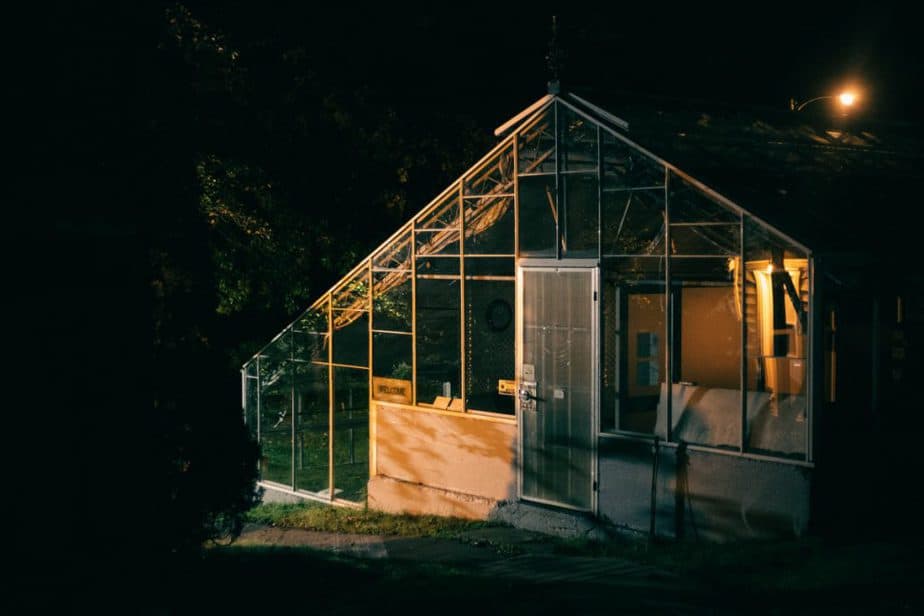
As you examine your greenhouse to decide whether you’re ready to replace the panels, there are a few things you need to check before you commit to the cost and labor of reglazing.
The most important task is to evaluate the structure and make sure it’s strong enough to support long-term renovation. There’s no point in replacing the panels if the structure itself is going to fail under the weight of the new panels. Certain types of glazing are lighter than others, but under the weight of snow, for example, that weight can be significant.
If your greenhouse’s structure is not expected to survive the lifespan of the panels you’re planning to install, you may need to consider repairing or replacing some or all of the structure itself before worrying about the panels.
As you examine the structure, look for any areas of deteriorating wood or rust. If your greenhouse is equipped with grow lights, heating, watering booms, or other accessories, you’ll need to check those too before factoring any repairs into your renovation budget.
If you’re considering switching to a different type of glazing, you’ll also need to research any changes you might need to make in the environment. Not all materials hold heat the same way or allow light through, so you may need to invest in new equipment.
Additionally, you’ll need to make sure your structure can support the new glazing. For example, glass is heavier than polycarbonate, but snow tends to melt faster on glass, so you’ll need to take this into consideration when evaluating your greenhouse prior to reglazing.
You’ll also need to make sure that there are no issues with anything that the glazing material might come into contact with once installed in your greenhouse. Pesticides, sealants, wood preservatives, and even shading compounds can affect your glazing.
Depending on the overall condition of your greenhouse, you may also need to consider whether you should replace the panels at all or just replace the entire structure. As previously mentioned, the elements can be damaging to greenhouses after a certain amount of time and it may be more cost-effective for some to start over rather than renovate.
Greenhouse Panel Replacment Tips
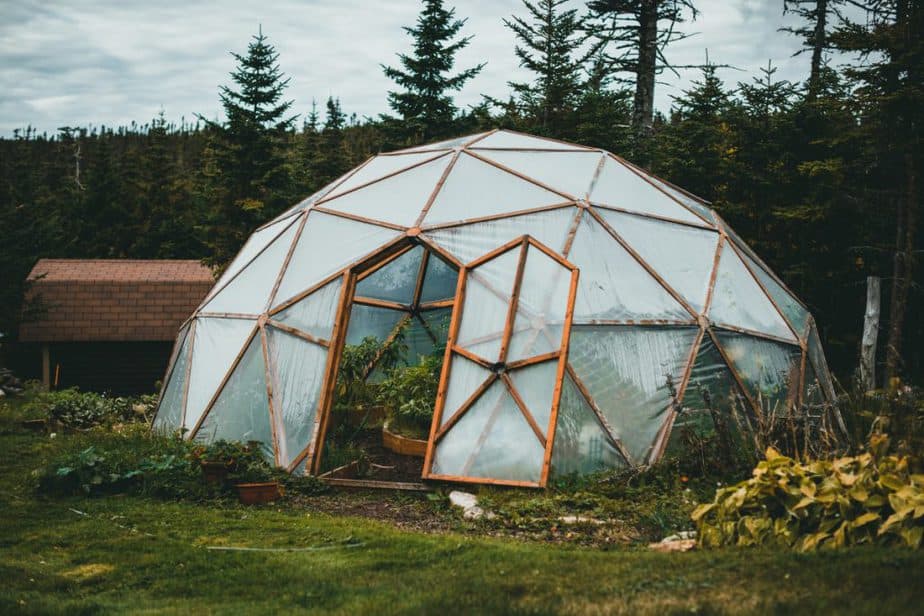
Unfortunately, there is no exact answer as to when you should replace greenhouse panels, renovate your greenhouse, or replace it entirely.
You’ll need to use your best judgment and seek the advice of an experienced greenhouse grower if necessary. Feel free to comment below any questions you may want to ask an experienced greenhouse grower!

